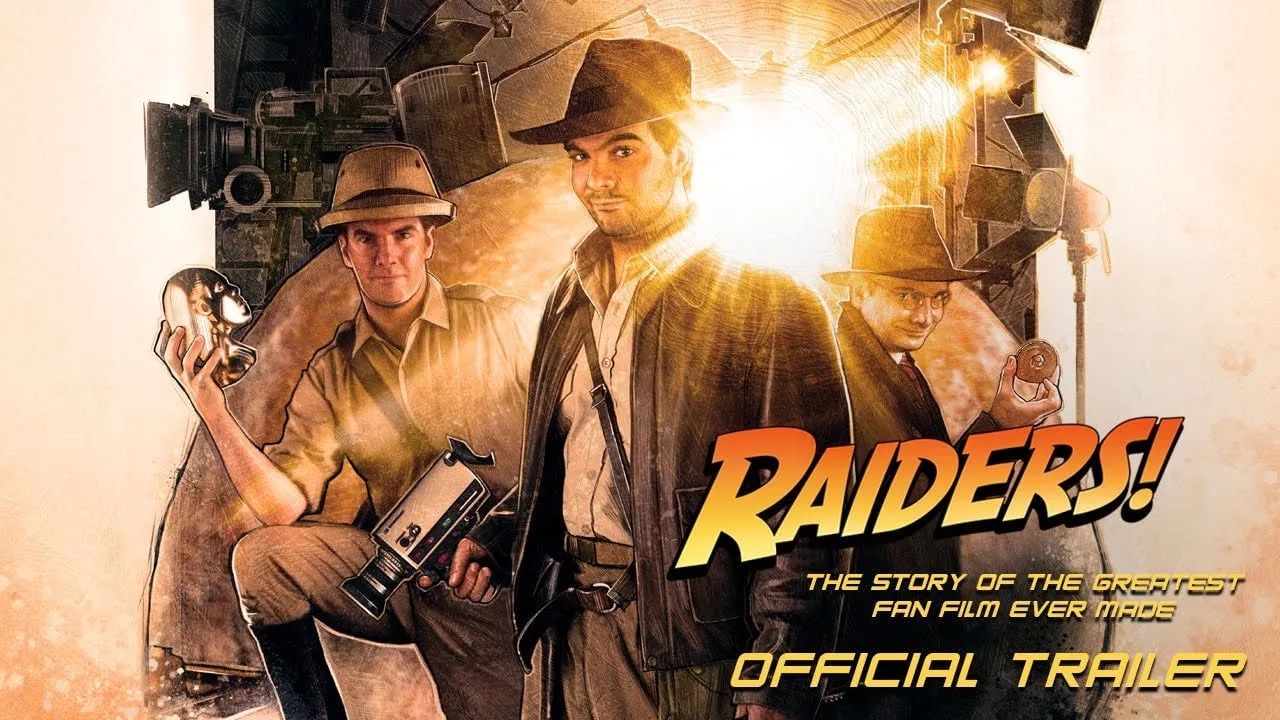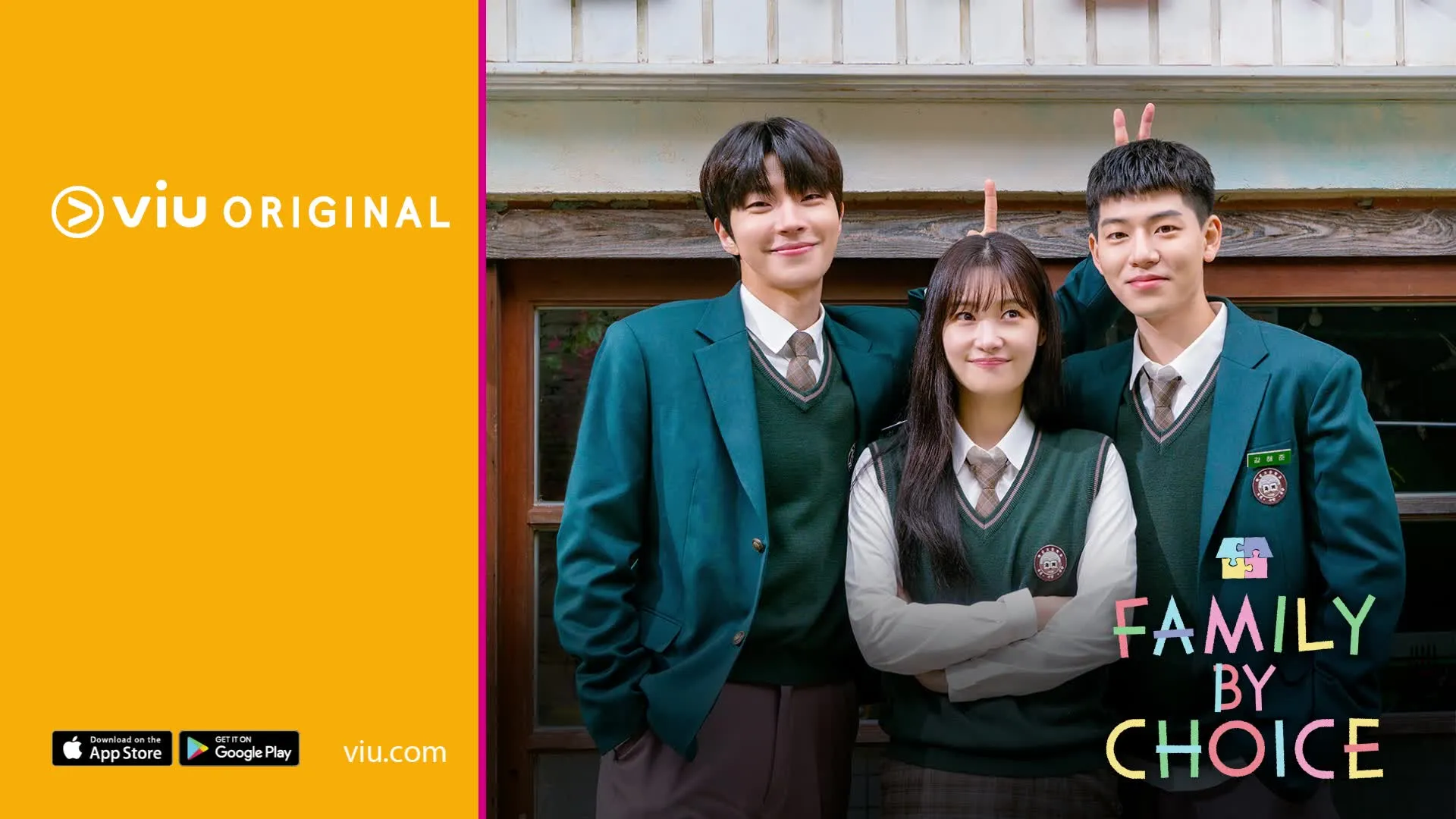“Some doors should remain unopened—especially underground.”
In The Crypt (2024), renowned historian Dr. Evelyn Grace unearths a long-forgotten burial chamber during routine renovations beneath an ancient cathedral. Initially dismissed as a curiosity, her discovery unleashes something far more sinister—an entity born of dark rituals and centuries-old betrayals, residing in the heart of faith’s shadows.

Evelyn’s once-staid academic life descends into a nightmare as a series of inexplicable deaths sweeps through her close circle. Guided by cryptic inscriptions and fractured memories, she ventures into the crypt’s labyrinthine passageways, where whispers in the dark toy with her sanity. Her journey pits scholarly resolve against ancient superstition, forcing her to confront the buried sins of both history and her own family.
As the crypt’s grip tightens, it becomes clear that the true terror lies not in the monster beneath the earth, but in the greed and fanaticism that once summoned it. Semi-forgotten symbols catch fire in her mind, guiding her toward a chilling ritual etched in stone—and a terrible decision: confront what lurks below, or let it rise again into the world above.

Director Lucinda Hayes melds gothic atmosphere with psychological horror, crafting scenes where flickering candlelight shifts into grotesque shadows and marble statuary seems to breathe. With every frame, the film unearths the fine line between curiosity and obsession, reminding viewers how the past's echoes can linger, shape, and ultimately destroy lives.
The film’s conclusion leaves you breathless: Evelyn’s confrontation with the entity resolves nothing—rather, it reveals that some horrors are eternal, passed down like whispered legends from one generation to the next. In The Crypt, secrets buried deep often hold the key to the deepest dread.

-1752550435-q80.webp)
-1751358253-q80.webp)
